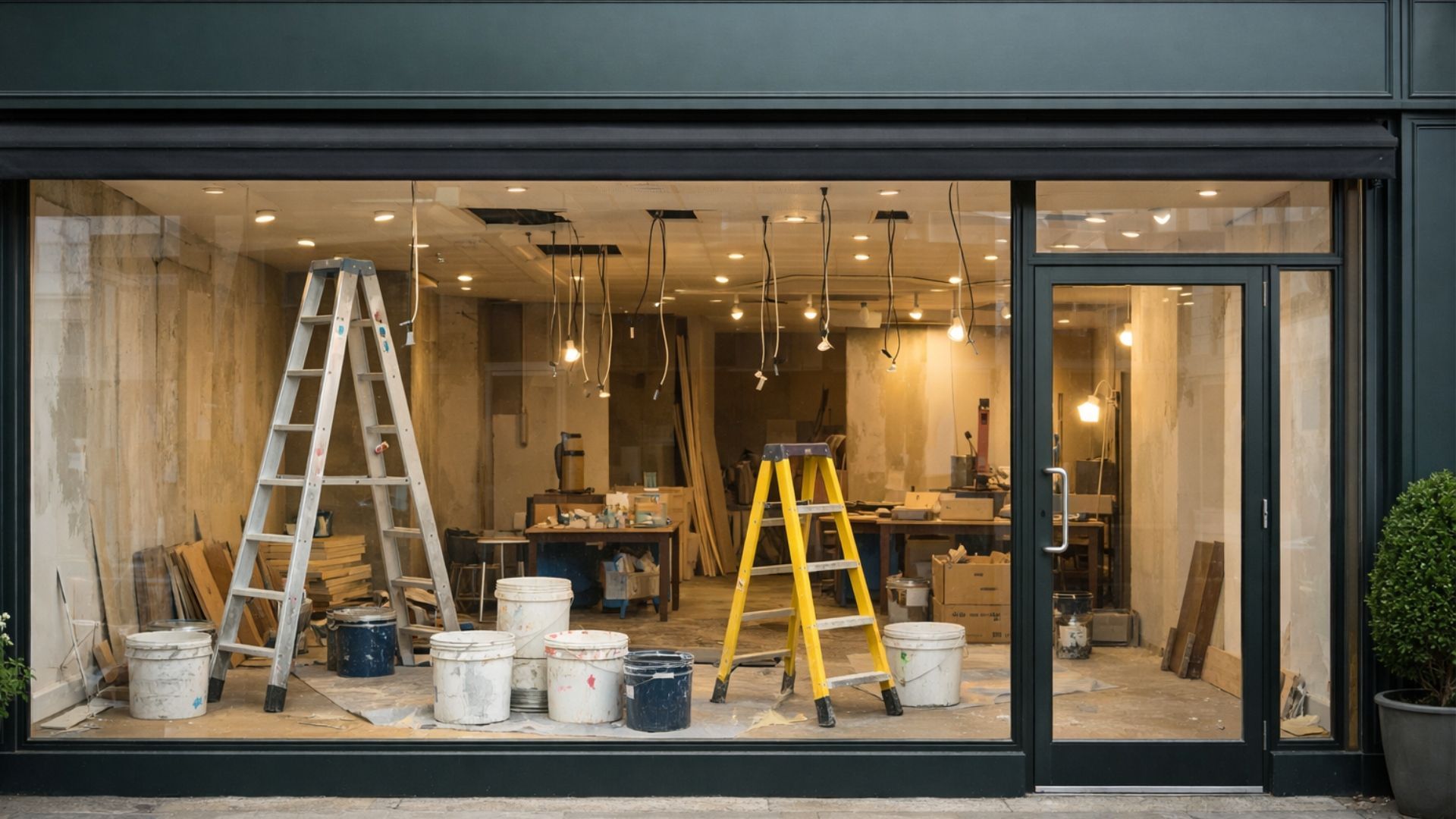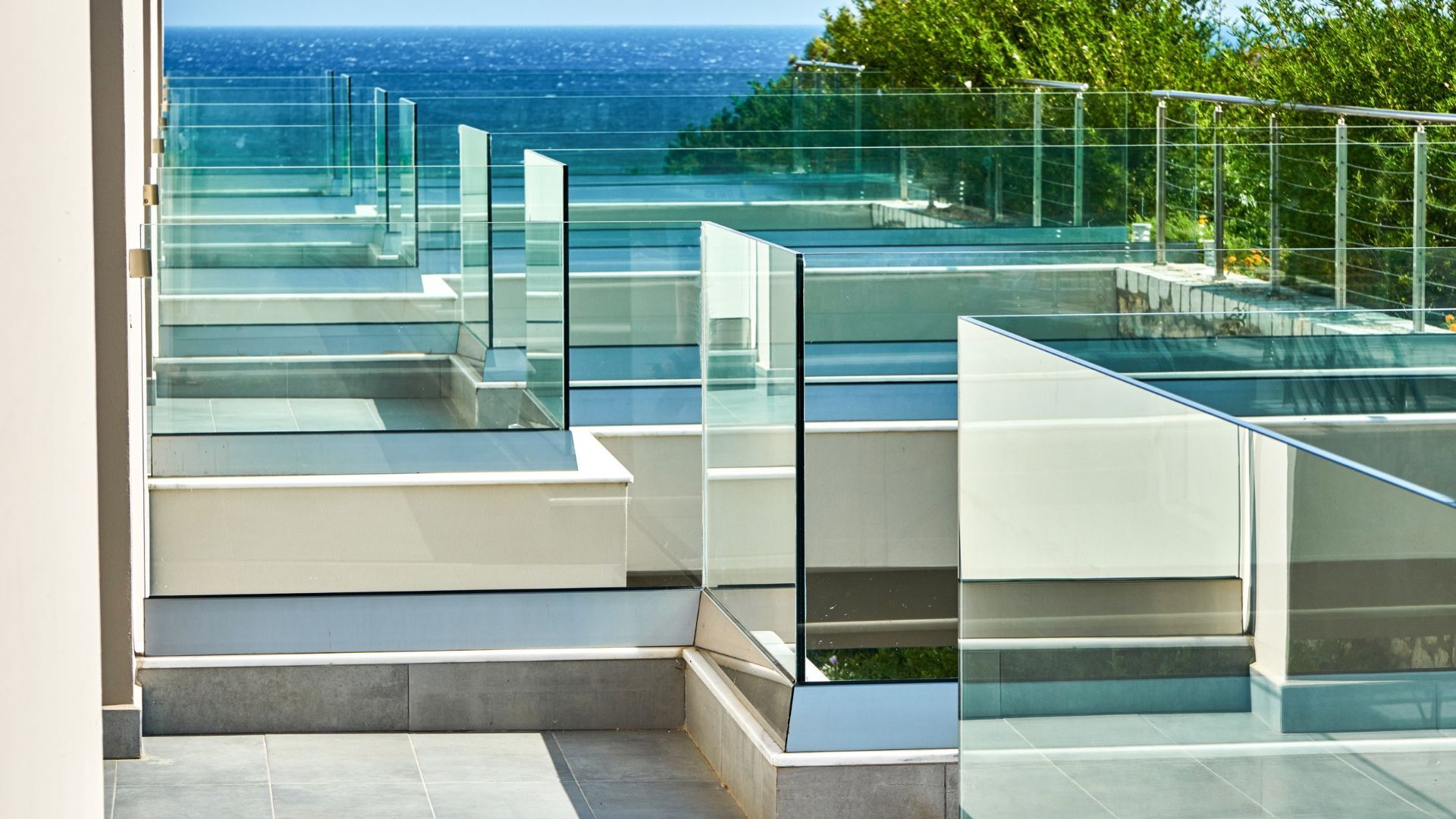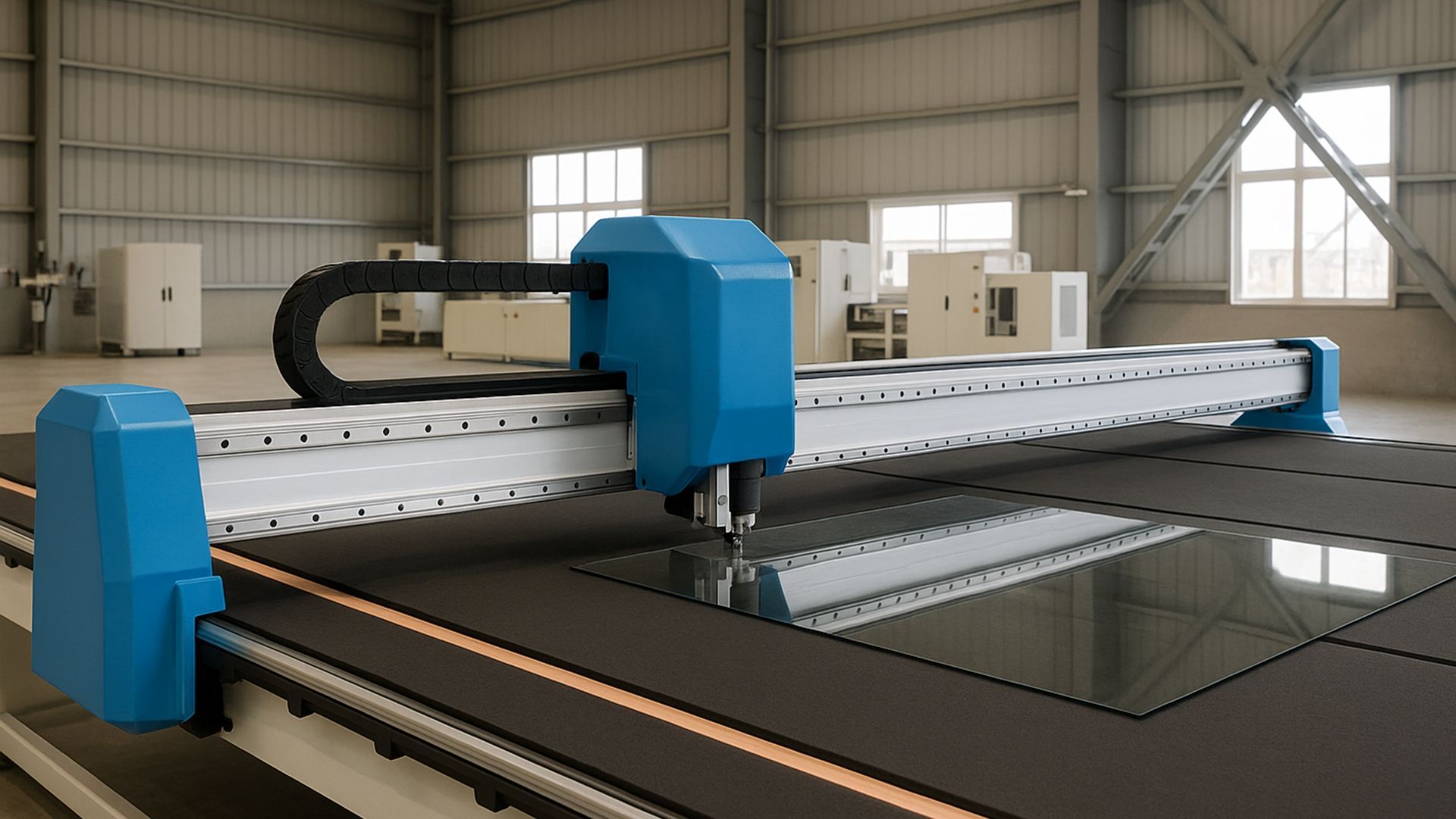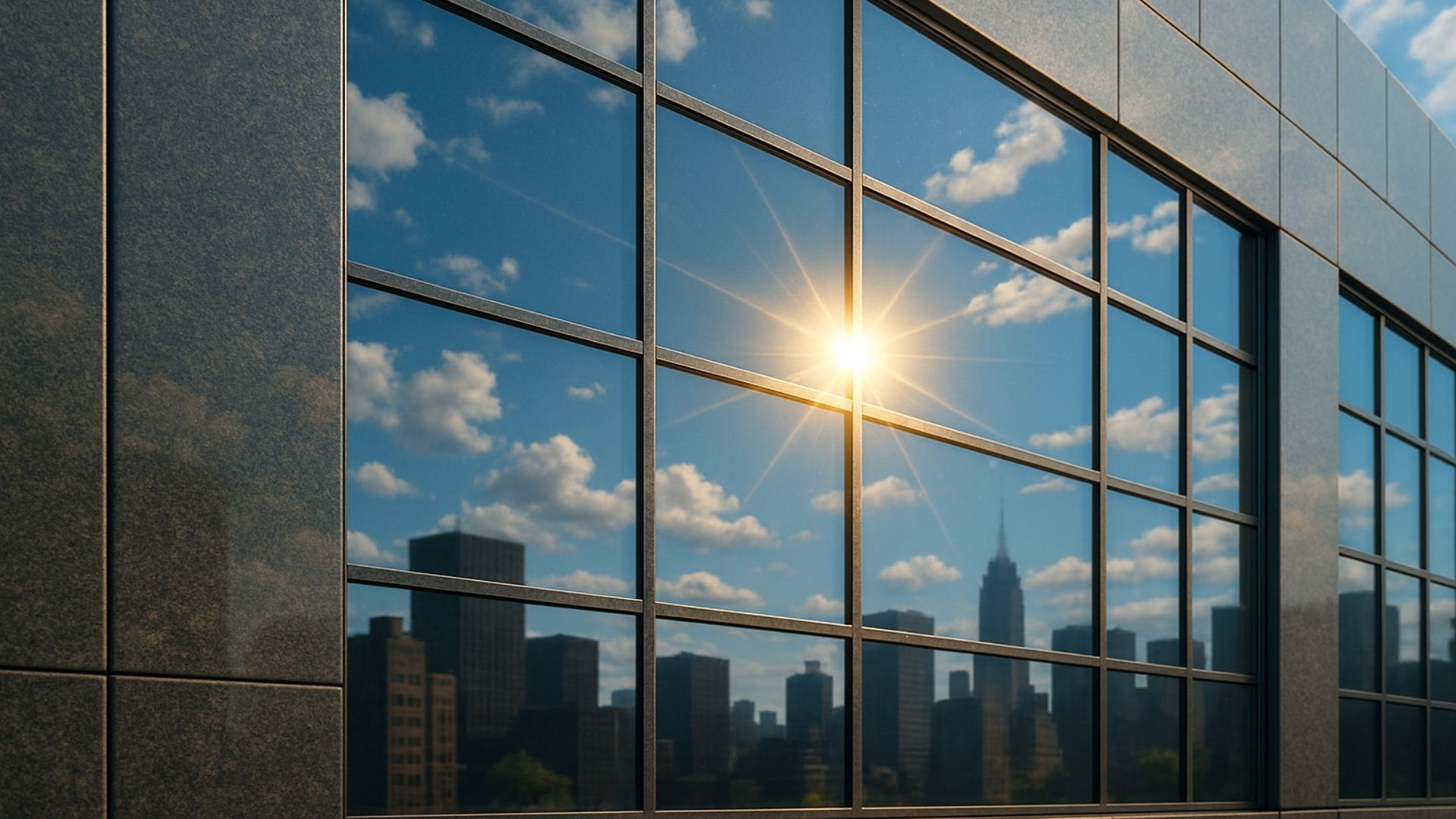What is borrowed light in interior design?
Share this blog:
How do you maximise the natural light in your home? Learn how borrowed light can make all the difference.
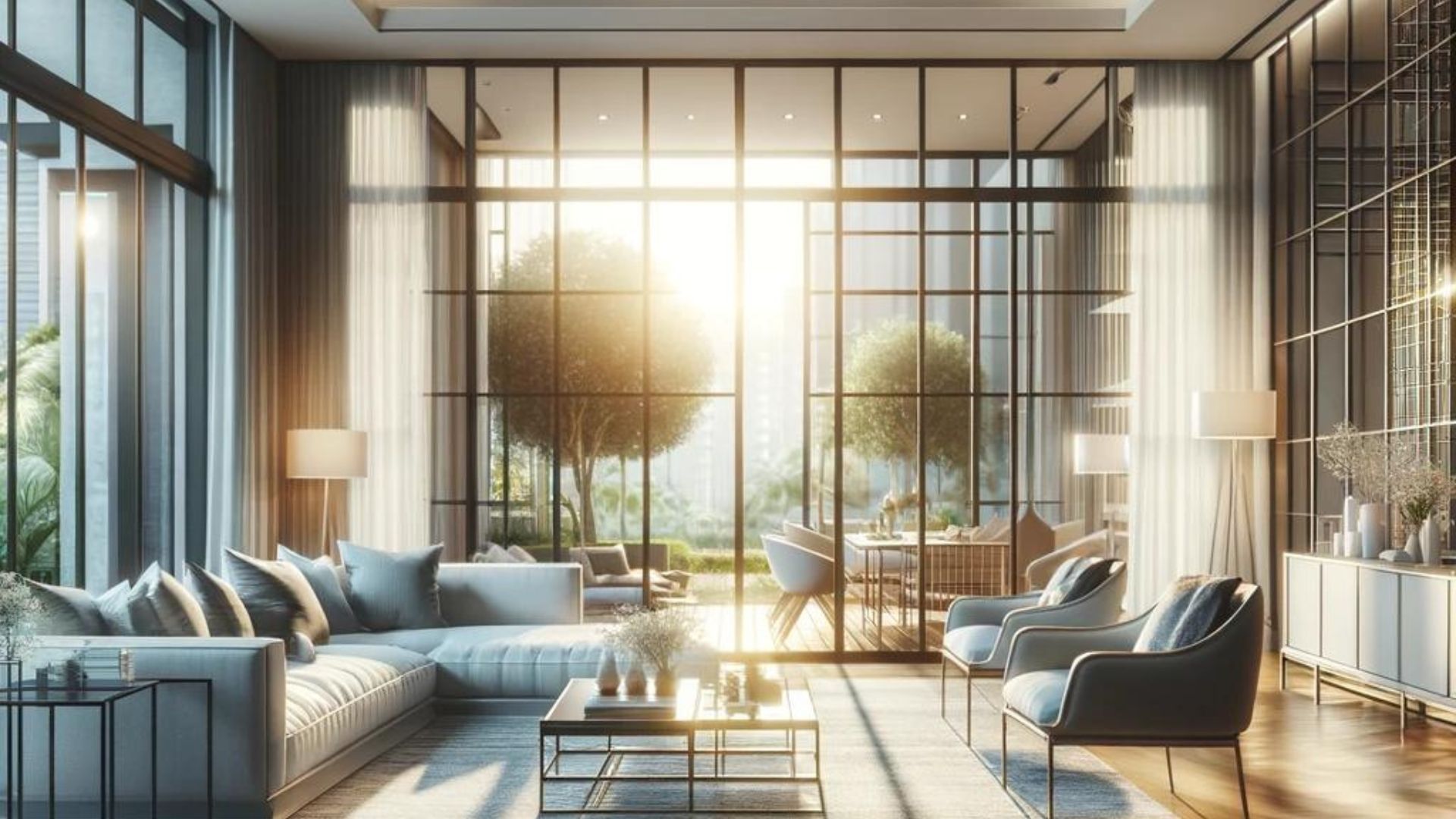
In 1915, a skyscraper was built in New York City that changed the way we live today.
You can still see the Equitable Building at 120 Broadway in the Financial District of Lower Manhattan. At the time of its construction, its 38 storeys and 1.2 million square feet of floor space made it the biggest office building in the world.
But there was a problem. The Equitable Building cast a huge shadow over its neighbourhood. This raised the question: do buildings, people, streets and neighbourhoods have a right to daylight?
The answer was yes – and the 1916 Zoning Resolution was brought in to restrict the construction of buildings that denied access to light and air on the streets. This resolution was a major contributor to the development of the setback (stepped) skyscraper, both in the United States and abroad.
This story tells us something important about all buildings, not just skyscrapers. By definition, they change our relationship with natural light. In the case of the Equitable Building, it was a matter of obstruction. But for many other buildings, it's a case of not making use of what interior designers and architects call "borrowed light".
What is borrowed light?
Borrowed light is an interior design practice that captures the light that falls on a building's exterior and transports it to the spaces where it's needed inside.
The fact of the matter is that very few buildings are built so that every room has access to natural light. Most of us, after all, live in multi-room buildings, not greenhouses.
Nevertheless, there are many ways that you can allow natural light to spill from one room into another.
This is good for all sorts of reasons. It can create a sense of open, welcoming space. It can brighten corners and even lift spirits. Compare a day's work in a windowless room to one in an office that lets in plenty of light.

While the phrase "borrowed light" has a certain poetry to it, its practical applications are straightforward. Your main design aim is to create or enlarge openings for light to get through – and what better way to do this than with glass?
Ways to borrow light
One of the simplest ways to borrow light in a domestic setting is by replacing a brick wall with a glass partition.
In some ways, this gives you the best of both worlds. You get a spacious, light-filled, open-plan feel while keeping each room separate. Whether it's a room for relaxing, working or hosting, that extra wall of light can make a tangible difference.
Then there are skylights. These are like light chimneys, funnelling natural light from above. As well as lending your building light, they also boost its aesthetic on the outside. You can get everything from flat, minimalistic designs to classic veined Victorian models.
Beauty is its own reward – but a skylight can also add a little kerb appeal and boost the market value of your property.
As well as letting in light from above, you can also let it in from the garden with glass patio doors. This enhances both home and garden, creating a smooth line of access between them.
When the sun's out, your room can be filled with light from the garden, bringing you closer to the outdoors even when you're doing your daily chores.
Or how about a glazed or part-glazed door in the kitchen? The "dream home" image of sunlight catching the steam from your coffee in a well-lit kitchen doesn't have to be a fantasy. With a well-placed, well-installed glass door it's well within your grasp.
So, if you find yourself in a home that's a little on the dingy side, why not consider borrowing light from the great outdoors via some elegant interior glazing?
But before you do, there's one thing to be careful about – and that's the glass itself.
What should you look for in interior glass?
Want to borrow a little light for your home? The fact of the matter is that your installation will only be as good as its materials. Cut corners and you could end up lumbered with breakable, dirty glass.
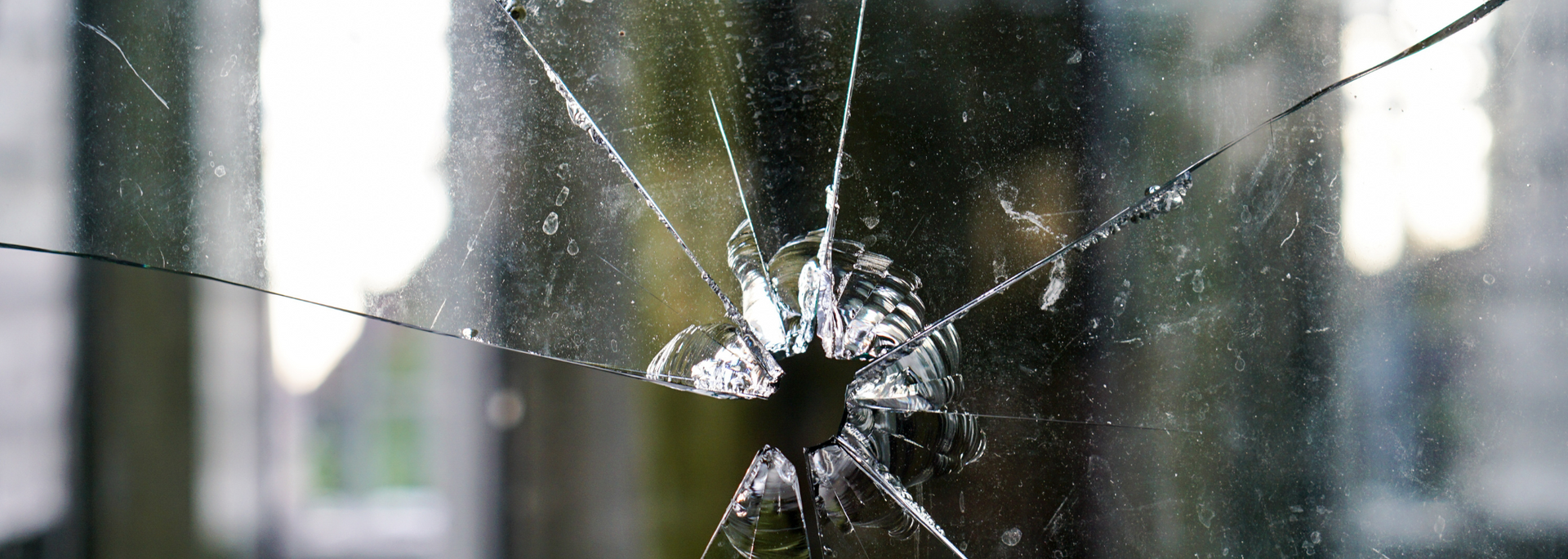
So when you're looking for a supplier, make sure its glass is Kitemark-approved and in line with BS and EN regulations.
Other green flags include positive, responsive communication and glowing online reviews. But longevity and expertise are the most important of all.
Then there's the glass itself. Toughened glass should be robust – that's one of its key selling points. If you're worried about break-ins or extreme weather, getting super-strong toughened glass can put your mind at rest.
You also want glass that's low-maintenance. Good-quality toughened glass should put paid to elbow grease – a simple spray and wipe should suffice. The alternative is glass that smudges and scratches easily – unwanted at the best of times but especially if its purpose is to let floods of light into your home.
Trust us – it's worth shopping around and finding high-quality materials. It's a simple step to take on your journey to a beautiful, light-filled home.
How we can help
At ToughGlaze, we've been supplying glass for interior glazing for more than 30 years. We've worked with everyone from sole traders to household names. Let's put it this way: if we went on
Mastermind, our specialist subject would be "toughened glass" and we'd go home with the trophy.
As well as our ample experience, we have state-of-the-art facilities built where we cut, process and treat toughened glass and laminated glass for all sorts of purposes.
So if you're looking for glass for interior glazing, get in touch today. We'd be delighted to fix you up with the right materials for the job.
Are you looking for
toughened glass panels for an interior design project?
Get in touch with ToughGlaze today for a quick, competitive quote.

